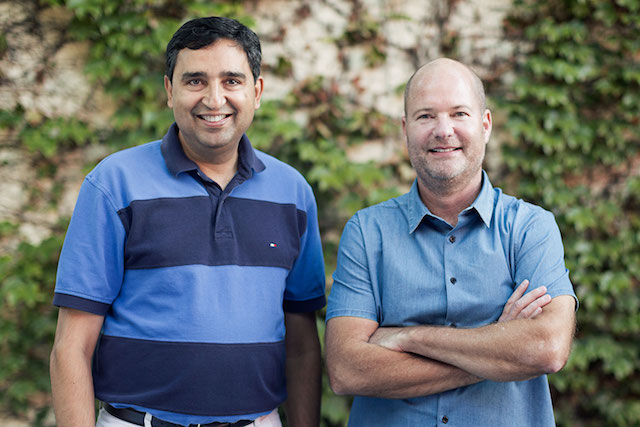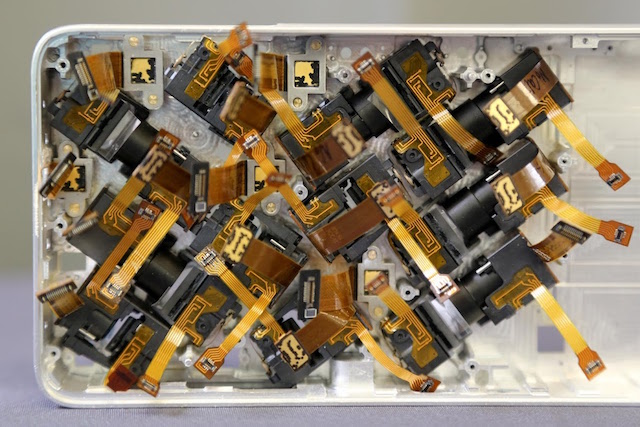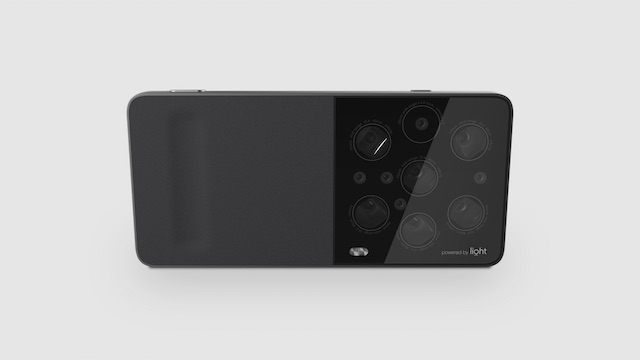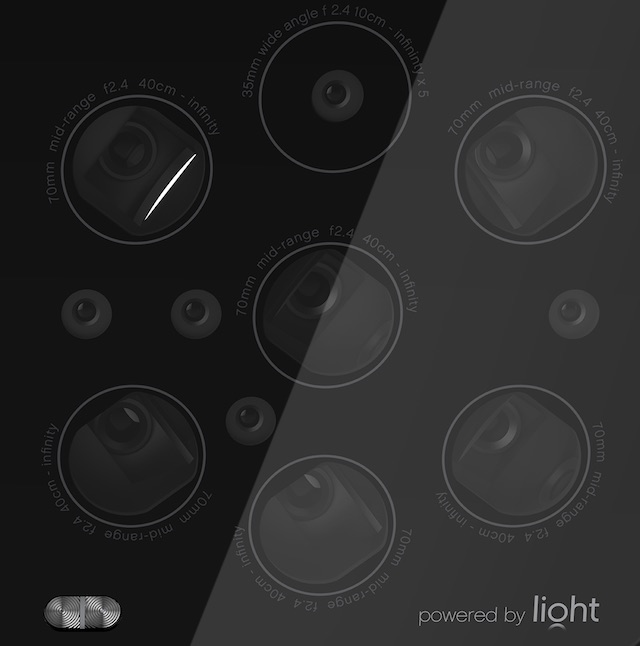More heat for Light: ‘SLR-killer’ camera maker wins $25 million in new funding, we have the interview
posted Friday, July 31, 2015 at 6:18 PM EDT

Yesterday, photography start-up Light, whom we’ve introduced and interviewed in the past, announced it had secured $25 million in Series B funding, putting their allegedly SLR-killing smartphone camera tech a big step closer to reality.
We talked with with Light CEO Dave Grannan and CTO Rajiv Laroia to learn what this means for the company, and the prospect that their next-gen camera tech will be in consumers hands sooner than later.
We spoke for about 20 minutes, here's a quick digest of what we learned.
Light going forward: A Q&A with CTO Dr. Rajiv Laroia and CEO Dave Grannan

Dave Etchells/Imaging Resource: Hi again Dave and Rajiv, it’s great to chat again. How have things been going since we last spoke?
Dave Grannan/Light: ‘It’s been a ton of progress, both on the commercial front and the technology front. You know what we’re doing is pretty radical, using multiple small cameras to give SLR quality in smartphone form factor.
When we first spoke, we were just getting the first components created and all of our technology was just working at the component level. Now we’ve advanced to where we have working prototypes, where we’re taking photographs and getting more specifics in place regarding our licensing deals with our partners.
Our Series A funding was used to take us from concept to prototype. Series B is being used to grow the team and take us from prototype to production and shipping of a final product.
DE: So, you now have working prototypes that are taking pictures now?
DG: Yeah, it’s still a little bit in the early stages, but we’re to the point now where we’re starting to get the first photographs.
DE: I’m assuming by prototype looks something like a box with wires hanging out of it?
DG: [Brief laugh] Yea, that’s exactly what it looks like.

DE: It sounds like the milestone for achieving this round of funding was the ability to get a working prototype, correct?
DG: That’s exactly right.
DE: Earlier you said this round of funding will be used to grow your team. How many people do you currently have [at Light] and where is the new staffing going to be focused? Will it be more on the tech side? Or the manufacturing area? Engineers?
DG: We’re really going to be adding exactly what you said, manufacturers and engineers in particular, in the area of process tests and initial quality control, as we move from prototype to a commercially shipping product.
A number of those team members will be hired in Taiwan, where we’re opening an office as part of this funding round. We’ll also have additional growth here in Palo Alto, particularly firmware developers, electrical engineers, and we’ll continue to add to our computational imaging staff.
We currently have 10 people in [the computational imaging department] who all have PhDs and are very accomplished people, so that’s a huge part of the story.
Our solution is a system level solution that includes novel designs around optics and the hardware. But we are also building a very serious software component as well. When you can get these two components working together with the incredible team we have, we can accomplish some pretty magical things.

DE: How far away do you think you are from manufacturing? How are things going with Foxconn and are there any updates on when we might see products with Light’s technology in them?
DG: We’re not at liberty to reveal [others’] plans, but we expect to see some product announcements yet this year, toward the Fall/Q4 timeframe. We expect those products to be in-market by middle of next year.
DE: Wow, so we're looking at a CES-like timeframe to see your technology in products?
DG: That’s exactly our hope.

DE: At this point, do you have any assembled units that could be used to give examples of image quality obtainable using the technology?
DG: Not that we’re releasing yet, but maybe in the next couple of months we’ll be prepared to do that.
DE: Although your approaches are very different, how do you view the entry of DxO into the market with the DxO One?
DG: From the marketing and business side, we think the DxO products are absolutely just one more piece of validation that people want great quality photography with them all the time.
What we’ve found over and over again in our research is that although mobile phones have come far in photography, they’re still not quite there. There are so many times when, even though phone cameras have gotten very good, they still fail you sometimes.
Our approach is different from others out there. We think the most convenient way is to build that capability into the smartphone [rather than rely on add-on products, such as Moment lenses and the DxO camera]. That way you’re not taking two devices or using a separate charger or having to bulk up. We’re trying to have something that just works built into the phone you buy.
My take - hopeful, but...
I continue to be intrigued by Light's technology, but have to say I'm a bit concerned that there's still nothing being shown beyond the mockup and computer rendering we saw back in April. I pressed them pretty hard on that front, asking for essentially anything that'd show progress beyond talking points, but was told that the previous material was still all they had for public consumption.
Light's Series B funding win of $25 million means some pretty savvy people have confidence in them, but it honestly concerns me that we're still looking at the same mockup and computer rendering we saw three and a half months ago. I'm all too aware of the gap I've often seen between a great-sounding imaging technology and the results it eventually delivered.
The fact that Light 10 computational imaging PhDs working for them could be either good or bad news: On the one hand, that's a lot of awfully smart people to have working on an imaging problem. At the same time, imaging tech that needs 10 PhDs to make it work is far from a foregone conclusion.
Two things make me hopeful, the first being that Dave and Rajiv are clearly very bright guys with proven track records for bringing new technologies to market - so Light's not just another startup in that regard. Carrying even more weight for me personally is the fact that someone I've known and respected almost as long as I've been in the industry works for them now, and has told me that he's staking his personal reputation on what he's seen. That counts for a lot in my book.
Bottom line, I'm hopeful that Light is in fact on a path to doing what they say will, but they clearly have their work cut out for them. Turning a collection of overlapping, imprecisely aligned images shot at multiple focal lengths with low-grade sensors into a single crisp, detailed, and low-noise photo? For now, let's just say I'm from Missouri ;-) Stay tuned; you can be sure we'll be following this one closely!